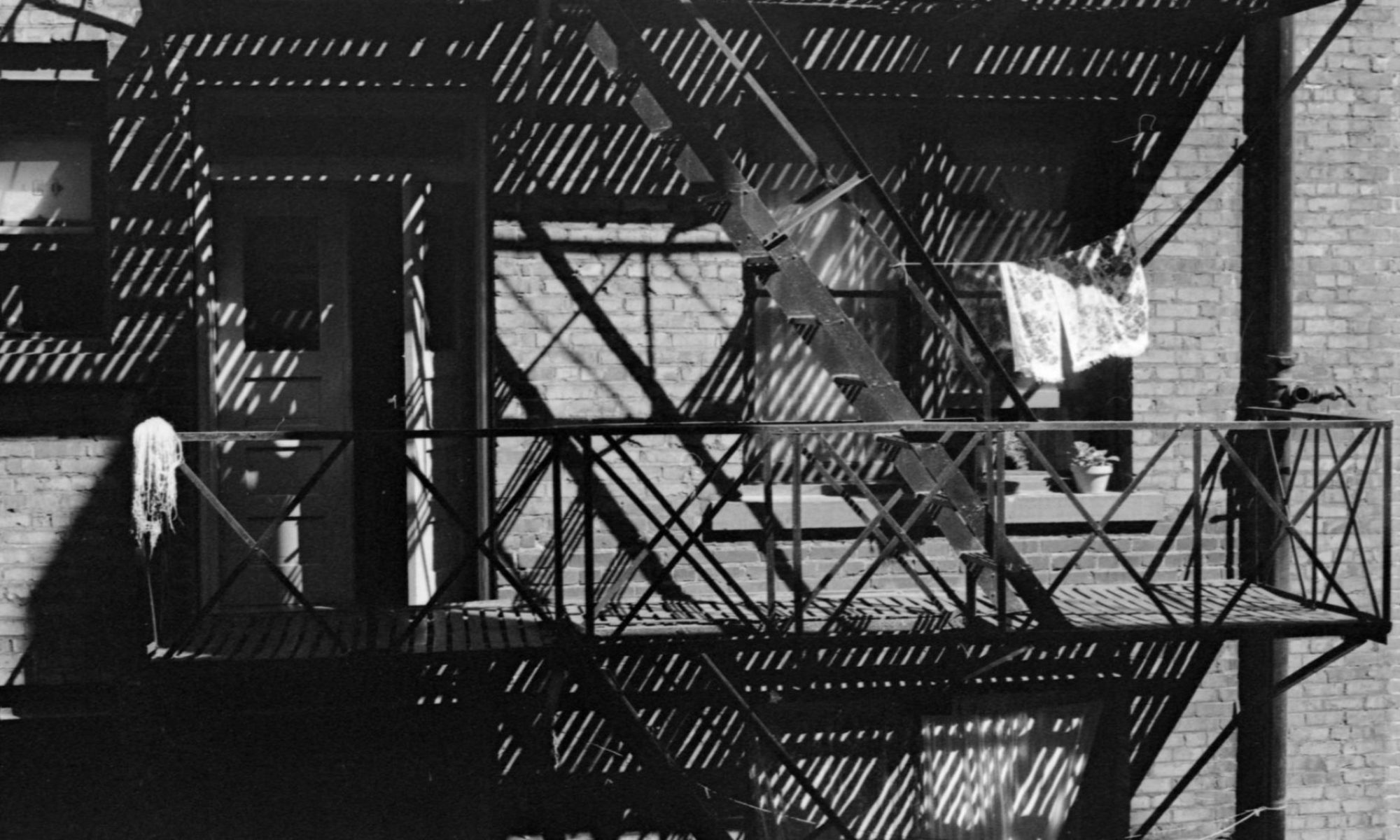Canada’s Downtown Eastside is possibly Canada’s most important sites for the struggle over human rights. Since the original settlement of Vancouver, its inhabitants have continuously stood against a steady stream of human rights violations as the neighbourhood has been subjected to colonization, racialization, stigmatization, and now gentrification. A unified legacy of human rights achievement – an assertion of the Right to Remain in the face of a continuous effort to uproot is unfortunately not well known. Acknowledging the Right to Remain could be an important reminder to those who seek to revitalize the neighbourhood through improvements to buildings, streets, and parks. The Downtown Eastside has always been defined by its people, and its the people who will determine the future of the neighbourhood.
Our project seeks to carefully chronicle a unified history of the Downtown Eastside, in an effort to teach Canadians about our human rights legacy, including the important role that the community plays in present challenges to our rights to housing, health, food, and to the city itself. Funded by the Social Sciences and Humanities Research Council of Canada, “Revitalizing Japantown?” is being undertaken by community organizations, artists, and researchers between 2012 and 2016 who are working to reclaim and re-enliven the human rights history of the DTES to ensure that the rights of present-day inhabitants are prioritized amidst rapid social and environmental change.
The research team respectfully acknowledges that the Downtown Eastside is situated on the traditional territories of the Musqueum, Squamish, and Tsleil-Waututh Nations.

Governance Structure
Two committees will be comprised for the duration of the research project: 1) A Partners committee made up of individuals who have signed on to represent the partners and researchers; and 2) A Community Advisory Committee composed of the partners, researchers, interested individuals and representatives from community organizations. Each committee will be steered by an annually rotating chair occupied by a non-academic applicant, with a vice-chair including a non-applicant partner. Each committee will meet twice a year to receive updates on project activities and to provide guidance to the research team. Meetings will operate using a consensus-oriented decision-making process where disagreements or conflicting perspectives are discussed through equitable dialogue and negotiation. Agreement to proceed is based upon prior-established decision rules.
Project History
The idea for this project stemmed from a previous study that was headed by Jeff in 2007 and involved a number of DTES residents. The Strengthening Urban Community Capacity to promote Environmental health Equity through Dialogue-centered research (SUCCEED) project worked with inner city residents to see what their views were on the urban environmental justice and the health of their neighbourhoods. The study took place in Toronto, Winnipeg and Vancouver’s DTES. Community members and academics worked together to see how social determinants of health – conditions that people are born or grow into that are often shaped by the distribution of power, wealth and resources – were played out in different community environments. Residents photo documented their local environments to highlight community strengths and perceived inequities. More often than not, photos showed disparities between ‘more’ and ‘less’ affluent neighbourhoods. Community researchers took part in dialogues that looked at these inequities and the way they manifest themselves within their community. People who are planning these neighbourhoods rarely inquire about what inner city residents see as suitable solutions to address social inequities. In fact, the ‘problems’ thought isolated to inner city neighbourhoods can be seen as a smaller symptom of a ‘sick city.’
These symptoms were discussed as not only concentrating themselves on the physical environment – such as fences, lack of green space or public space – but also in terms of how others talked about the DTES. Residents who were researchers in the project recognized how people from outside of the neighbourhood tended to see the city through privileged eyes resulting in neighbourhoods being built around a culture of individual consumerism. DTES residents who took part in the SUCCEED program felt that this culture of individualism was not consistent with the priorities of the people who actually lived in the DTES. In other words, they felt the DTES should not be meant to “look” like other neighbourhoods. Papers that came out of the study described the DTES as a “therapeutic landscape,” to stress the importance of ensuring the community’s voice could be heard in efforts to improve the neighbourhood without being obscured by other people’s interpretations (to read more about the SUCEED project and read the final report visit http://www.cehe.ca/thesickcity).
Over the four years that the SUCCEED project took place, the extent to which sentiments of old Japantown were being used to celebrate the neighbourhood’s history became increasingly apparent. Japantown, or Nihonmachi, was the term used to describe the neighbourhood before the Japanese Canadians were forcibly removed from the neighbourhood (and the whole west coast) during World War II. While this history, including that of the internment, has been acknowledged in present-day accounts of Japantown, theis history seemed to be “stuck” in the past, with very little regard for its relevance to present-day issues. Following conversations with residents, planners and community organizations, parallels between the way that the Japanese Canadian community was treated, and the way the neighbourhood’s residents are being treated were drawn. The same sorts of human rights violations from the past – stemming from racism, ignorance and profit motivations – created a neighbourhood that was transient, tenuous, and ghettoized. The removal of the Japanese Canadians paved the way for the creation of a neighbourhood. How this was done, and the violations of human rights involved in the process, is being repeated but under a different name. Past rhetoric capitalized on keeping the city “safe” from supposedly dangerous enemy spies and agitators. The real perpetrators – racists, xenophobes, and land grabbing profiteers – were able to guise their intent behind a rhetoric that seemingly placed the best interests of the larger community at the forefront. Now, the rhetoric is to keep the city “safe” from supposedly dangerous drug dealers, addicts, and sex workers, when the real perpetrators are the next generation of racists, xenophobes, homophobes, and land grabbing profiteers. What was then justified in the name of war is now justified in the name of free market growth.
Partners, Contributors, Funders
Gallery Gachet
PACE: Providing Alternatives Counselling and Education Society
Potluck Café Society
Strathcona Business Improvement Association (SBIA)
Powell Street Festival Society (PSFS)
Greater Vancouver Japanese Canadian Citizens Association (GVJCCA)
National Nikkei Museum & Cultural Centre (NNMCC)
Vancouver Japanese Language School & Japanese Hall (VJLS-JH)


